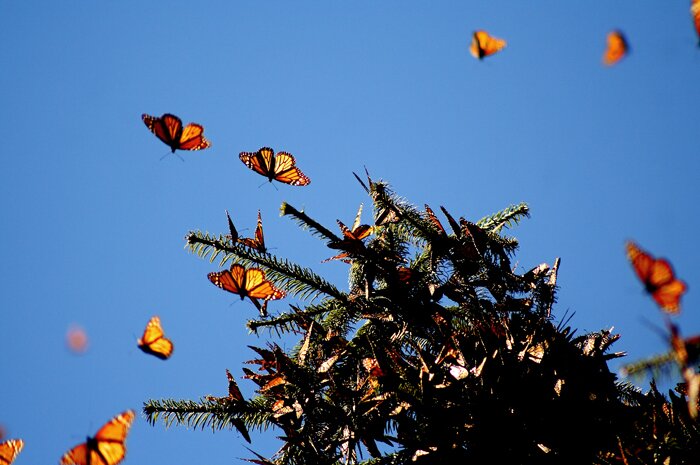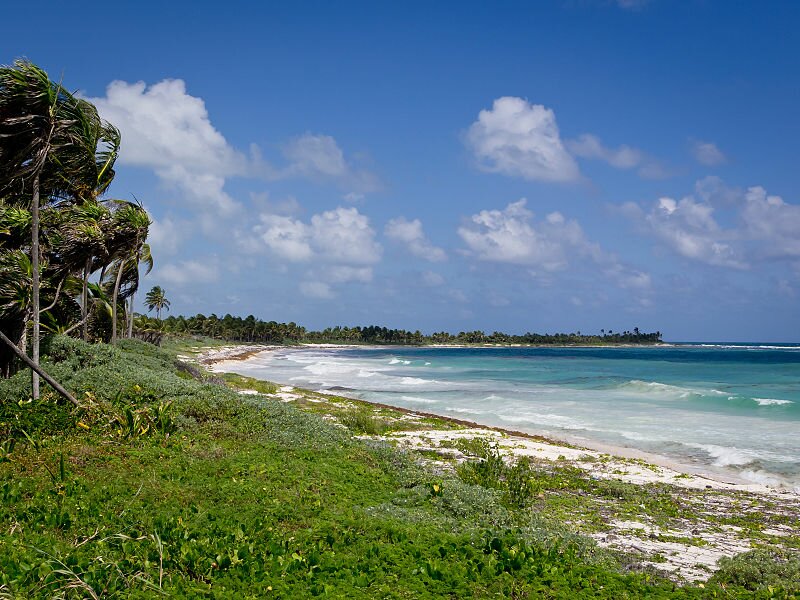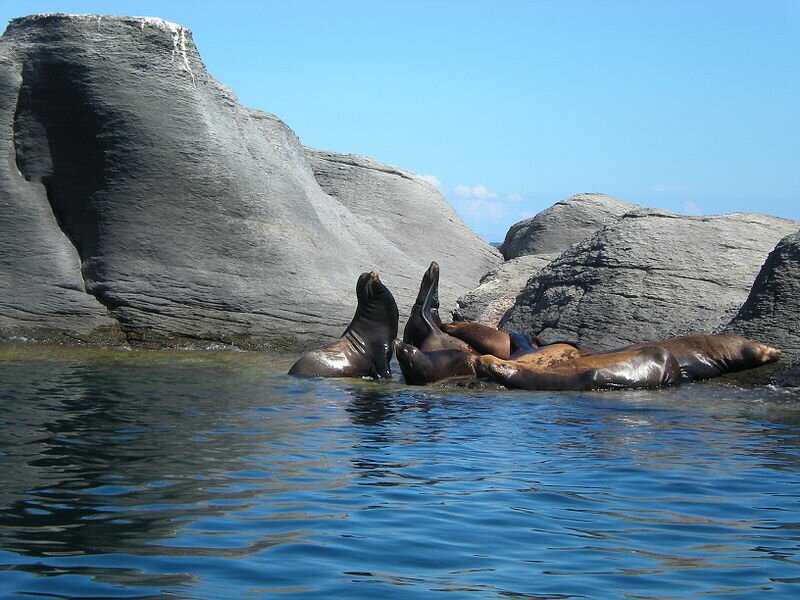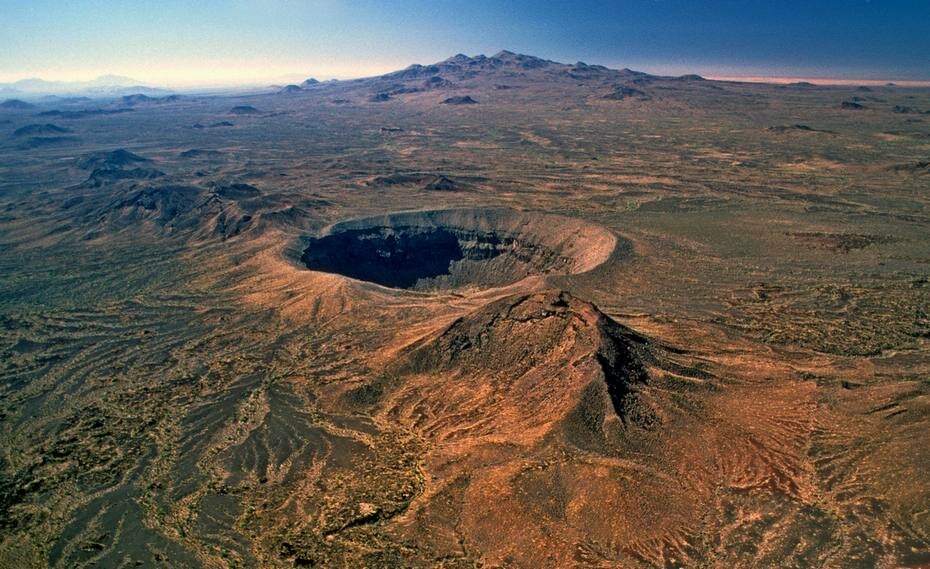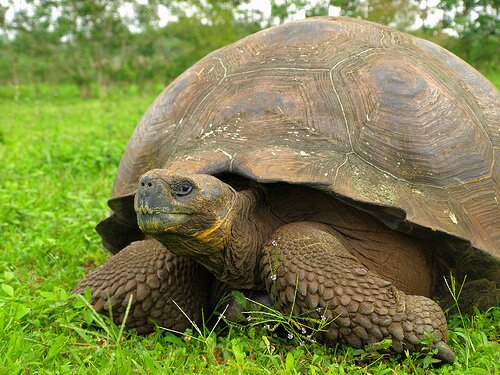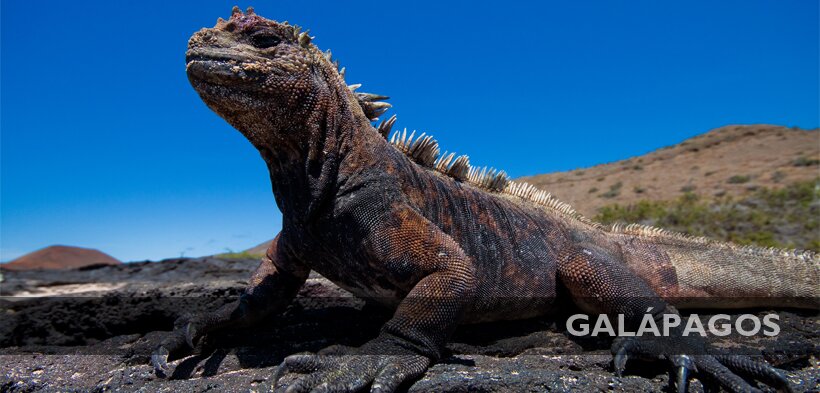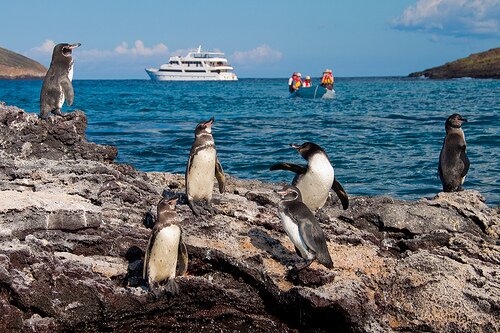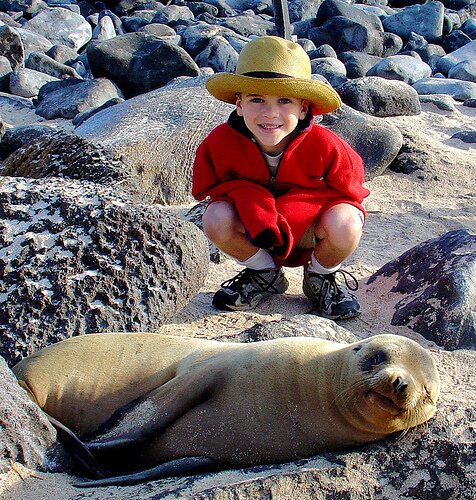Vea esta publicación en español.

Most of the time, the Amazonian royal flycatcher (Onychorhynchus coronatus coronatus) looks like an ordinary bird. But during courtship rituals and while competing with other males, this little bird shows a fantastic feather display on the crown of its head--a brilliant array of red, yellow, white, blue, and/or black.
This spectacular image of an Amazonian royal flycatcher with its royal red crest was taken in Guyana by Andrew Snyder for National Geographic's Your Shot.
This species is found in forests and woodlands throughout most of the Amazon basin in northern Bolivia, eastern Peru, eastern Ecuador, eastern Colombia, Venezuela, the Guyanas, and northern and western Brazil.
















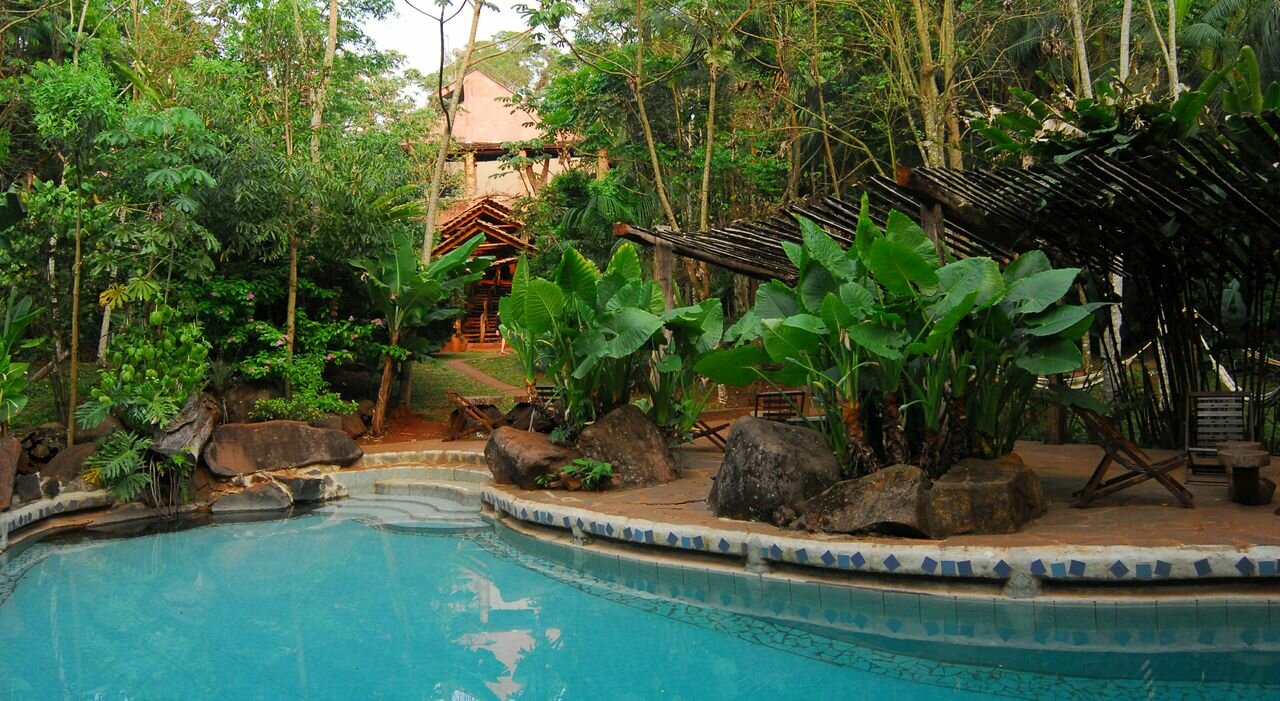
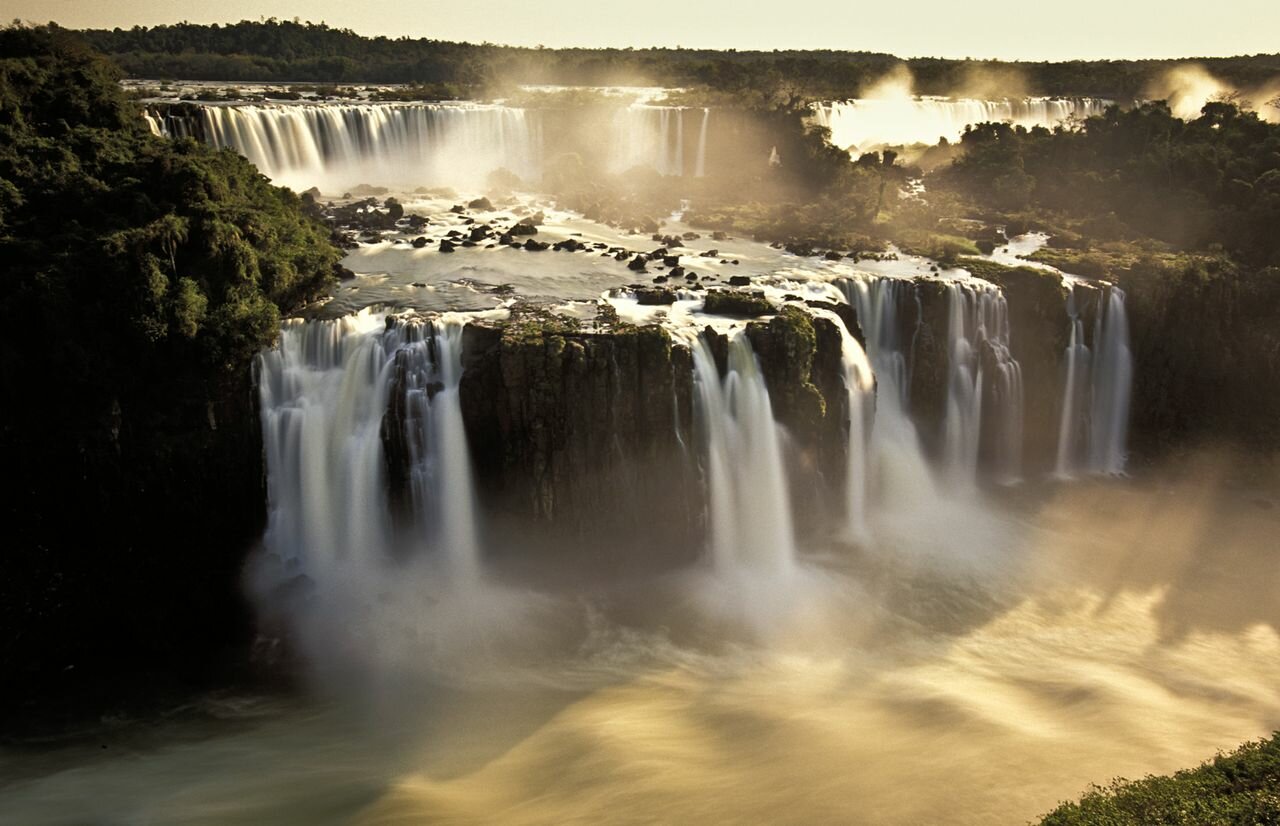

.jpg)
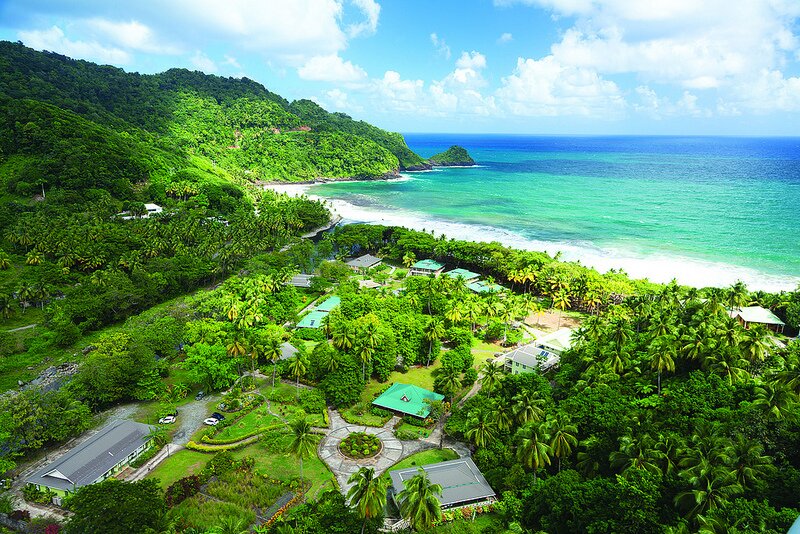
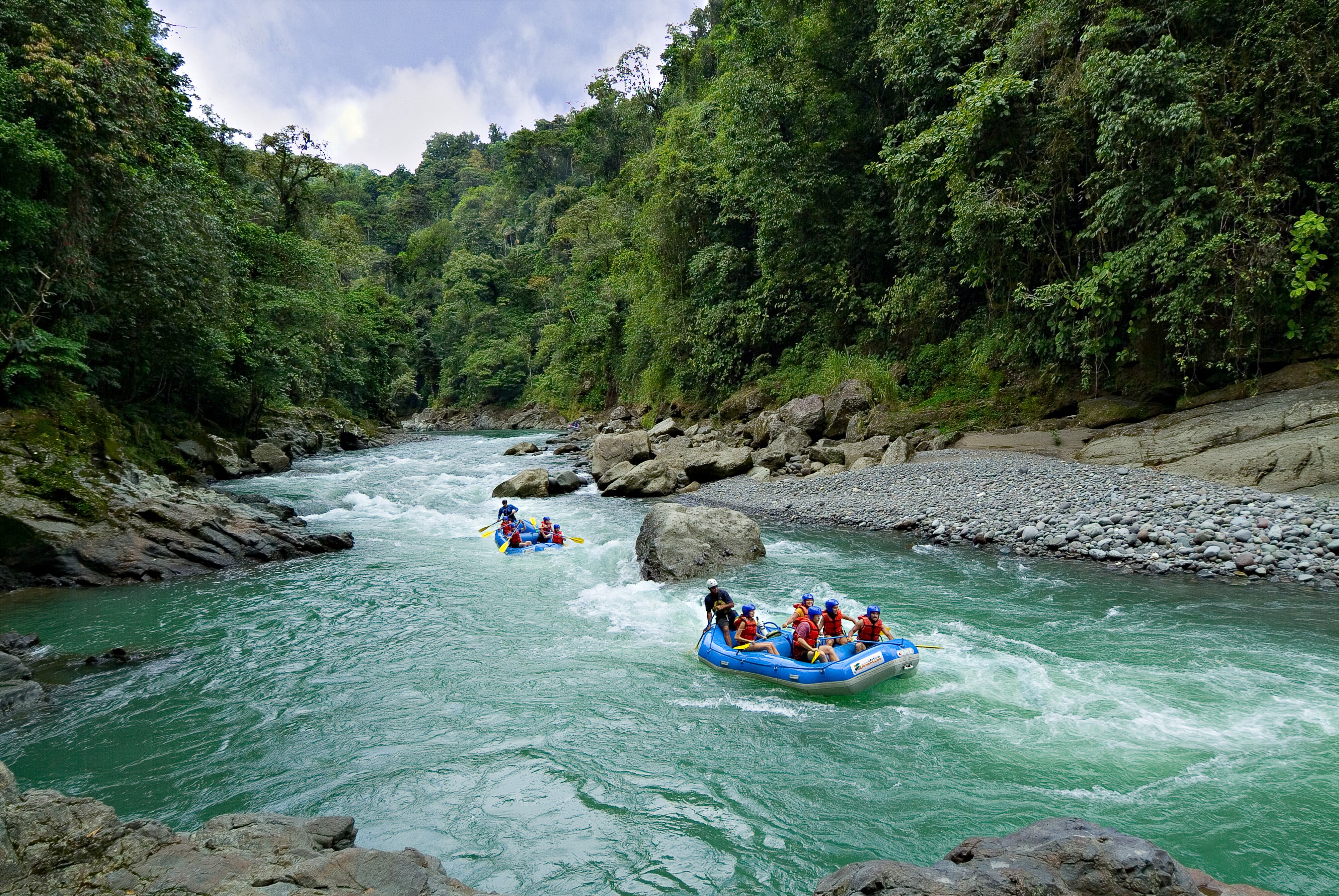
.jpg)
.jpg)

